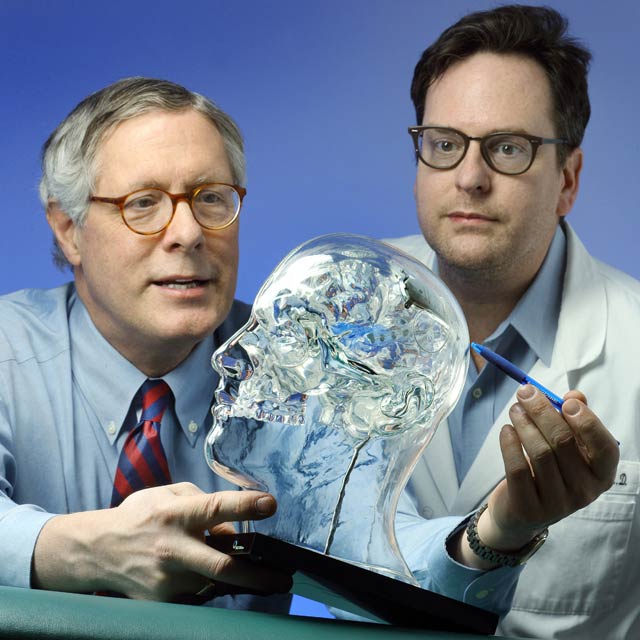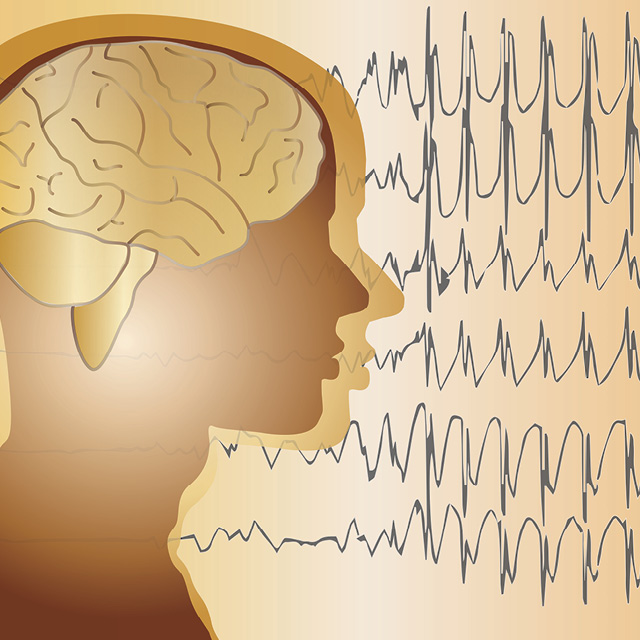Imagine not being able to drive, shower alone or even work because you are never quite sure when the next seizure will leave you incapacitated. Hope may be on the horizon for epilepsy patients who have had limited success with seizure drugs. In an international study led by Johns Hopkins neurologist Gregory Krauss, researchers found that the investigational drug cenobamate reduced seizures 55 percent on the two highest doses of this medication that were tested over the entire treatment period.
“A quarter of the patients I treat with this drug who were disabled by frequent partial-onset (focal) seizures now have been seizure-free for several years,” says Krauss. “It is wonderful to see the improvement in many of my patients’ lives. They have improved confidence and can live more normal lives. Many can now work, and both patients and caretakers can be more independent.”
Currently, more than 20 anti-seizure drugs are on the market, but approximately 40 percent of people with epilepsy — a chronic seizure condition — don’t become seizure-free on these traditional medications. And while 15 new epilepsy drugs have become available since 1993, none of these have a seizure-free rate greater than 5 percent among people with treatment-resistant epilepsy.
Cenobamate, which has not been approved by the Food and Drug Administration or brought to market yet, is being studied for treating a specific type of seizure in adults who do not yet have them controlled by other treatments. In this specific seizure type, known as partial-onset seizures, the electrical disturbance is limited to specific regions of the brain. Although cenobamate has not been priced yet, most of the newer anti-seizure drugs that come on the market can cost between $10,000 and $20,000 per year.
Results from the Johns Hopkins study, which involved 437 patients across 107 institutions in 16 countries, were published Nov. 13 in The Lancet Neurology.
While the investigational drug seems promising, Krauss cautions that typically 30,000 or more patients need to be treated before all the safety information will be known.


